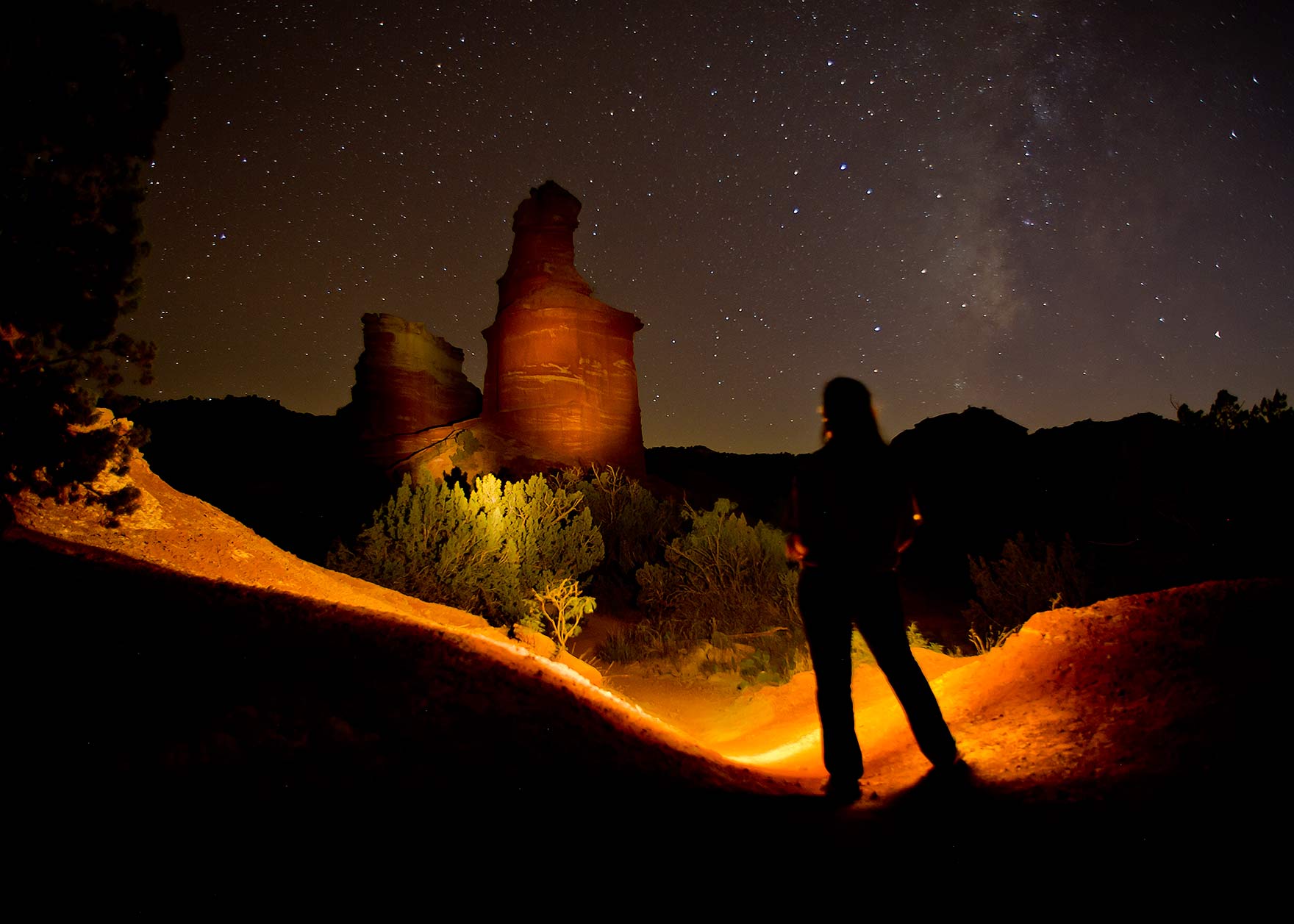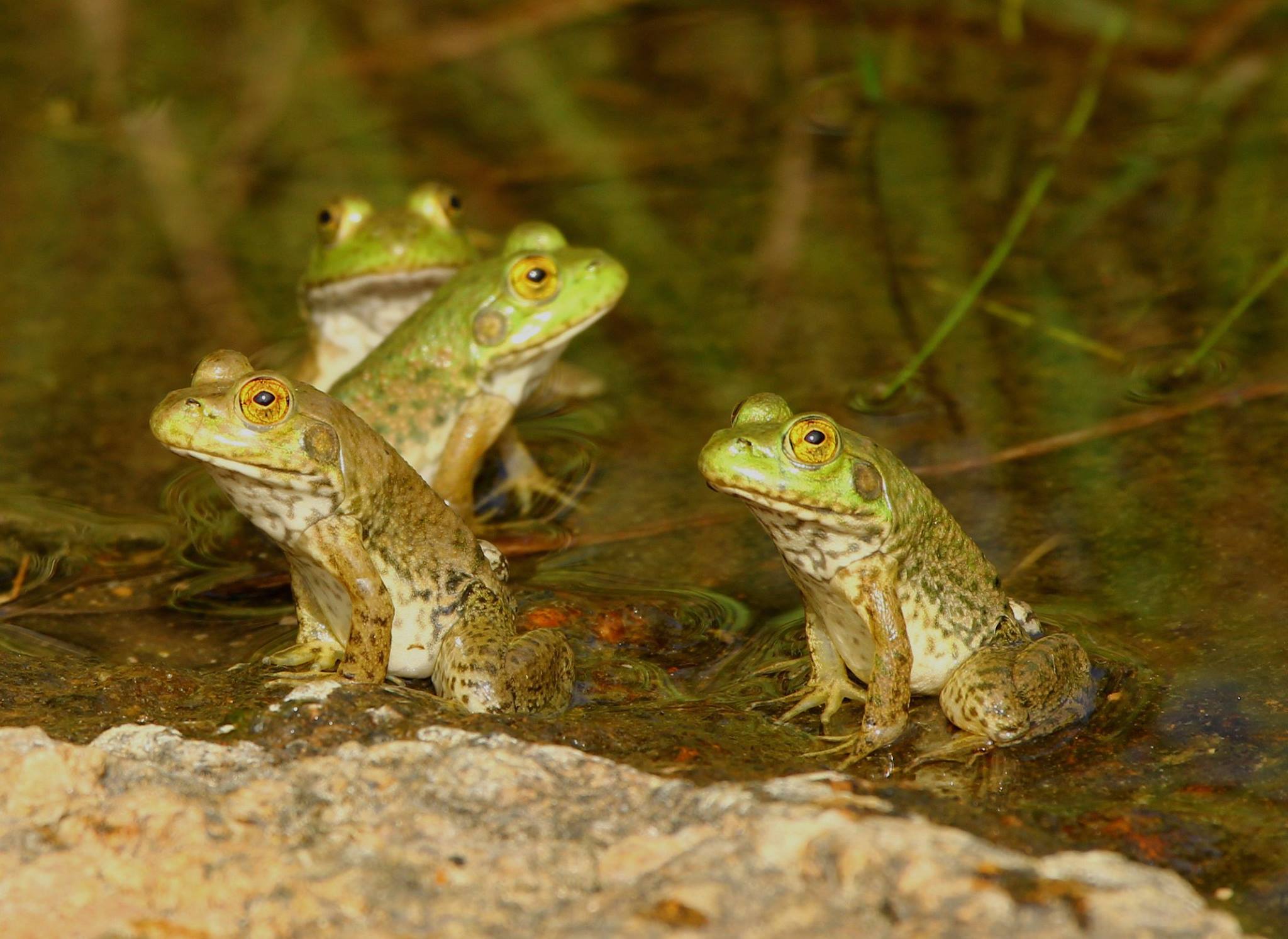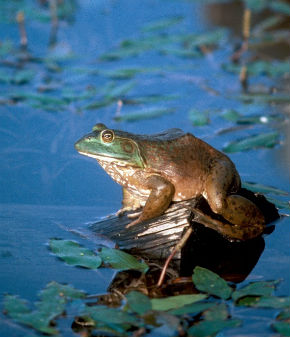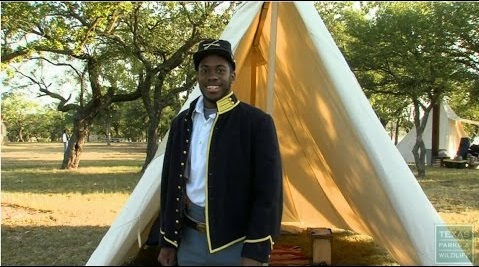Calling Critters at Night
Thursday, March 31st, 2016This is Passport to Texas
Wildlife viewing at night presents a challenge. Yet, some species become more vocal when the sun sets, and will “talk to you” and even come into view if you know how to speak their language. State park interpreter, Kelly Lauderdale, has a few tips for enticing wildlife to come out of the shadows.
There are apps you can download for free or for minimal cost – like Audubon Reptiles. I use it for my night hikes to play those calls and to identify those different calls. Visitors can easily use those themselves. And this is what I do on my hike: I play the call, and do it for a little while and see if anything answers. If using a recorded call – and animals might call back – but does that ever draw the animals to you? And if it does, what should you do? I have had success with calling in an eastern screech owl. So, I play the call, it answers back, and it comes in. If you’re lucky you may be able to see the full owl sitting up in the tree talking to you. In that case – enjoy it! Don’t shine your flashlight up and blind him or her. Just sit and listen and enjoy and then go on.
State parks frequently offer guided night hikes. Find one near you on the Texas Parks and Wildlife website.
For Texas Parks and Wildlife, I’m Cecilia Nasti.







 Passport to Texas is a
Passport to Texas is a  Passport to Texas is made available by:
Passport to Texas is made available by: